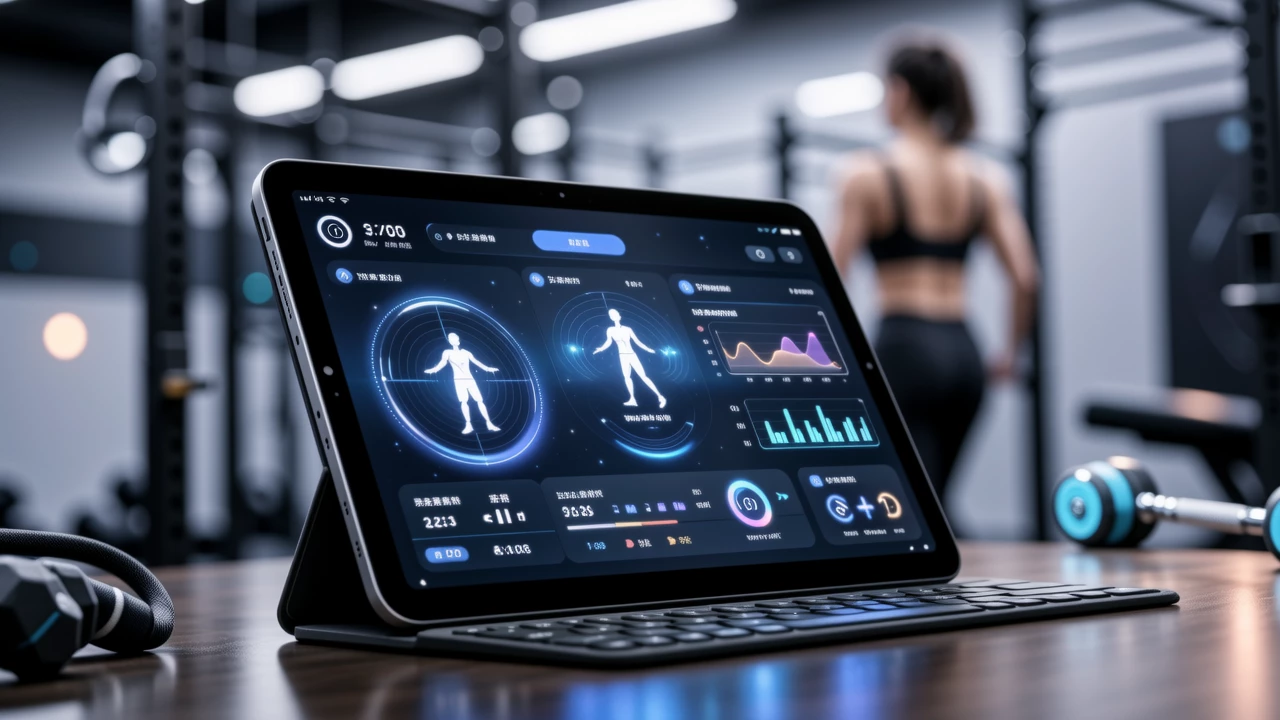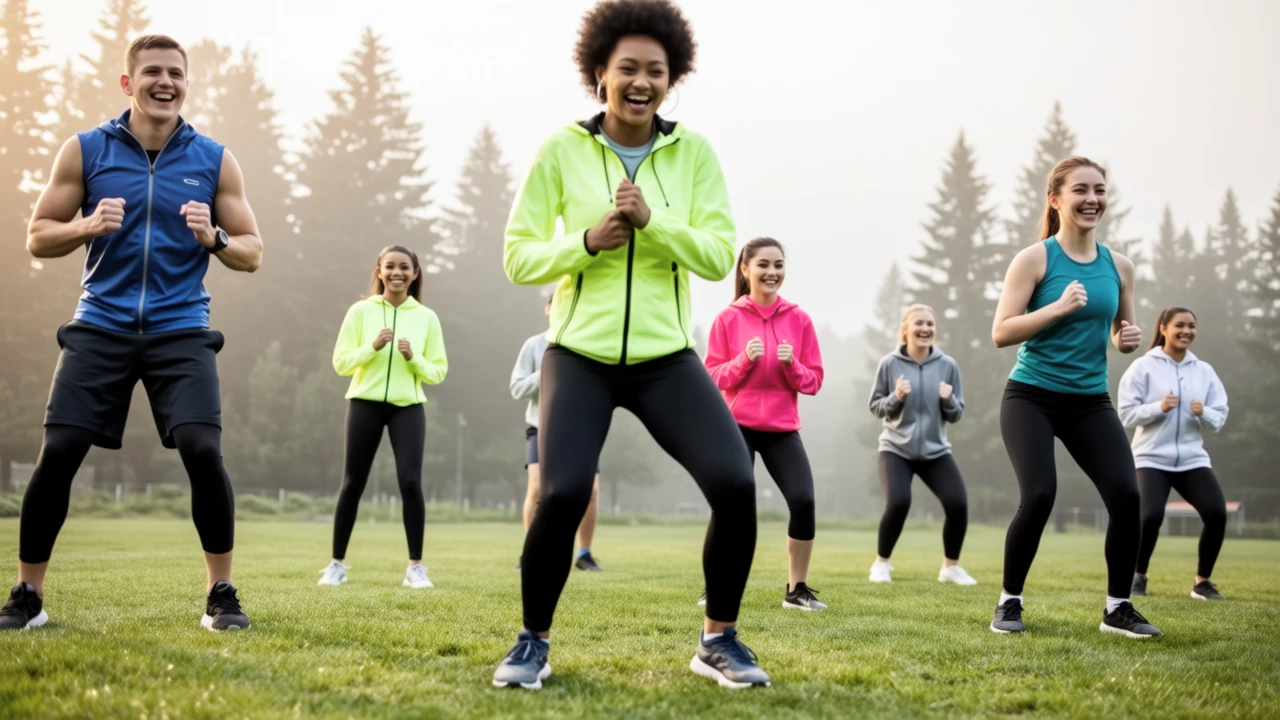As we look ahead to 2025, the fitness industry is poised for exciting transformations driven by technology, sustainability, and a deeper understanding of holistic well-being. The post-pandemic era has accelerated innovation, and people are increasingly seeking personalized, engaging, and accessible ways to stay fit. This blog post explores the top fitness trends that will dominate 2025, offering insights into how you can incorporate them into your routine for a healthier, more balanced life. From AI-powered workouts to eco-conscious practices, these trends reflect a shift toward smarter, more inclusive fitness solutions that cater to diverse needs and lifestyles.
One of the most significant trends for 2025 is the rise of AI-powered personal training. Artificial intelligence is no longer just a buzzword; it’s becoming an integral part of fitness routines. AI algorithms analyze your biometric data, workout history, and even emotional state to create customized exercise plans that adapt in real-time. This means no more generic routines—instead, you get recommendations tailored to your goals, whether it’s weight loss, muscle gain, or injury recovery. Additionally, AI-driven virtual coaches can provide feedback on form and motivation through voice assistants or apps, making professional guidance accessible to everyone. Expect to see more integration with smart home devices, where your AI trainer syncs with your calendar to suggest optimal workout times based on your schedule and energy levels.
Additionally, AI-driven virtual coaches can provide feedback on form and motivation through voice assistants or apps, making professional guidance accessible to everyone. Expect to see more integration with smart home devices, where your AI trainer syncs with your calendar to suggest optimal workout times based on your schedule and energy levels.
Virtual and augmented reality workouts will continue to gain momentum in 2025, offering immersive experiences that blur the line between gaming and exercise. VR headsets and AR apps transport users to dynamic environments, from virtual mountains for hiking simulations to interactive dance floors. This trend is particularly appealing for those who find traditional workouts monotonous, as it adds an element of fun and escapism. Major fitness brands are partnering with game developers to create exclusive content, and we’ll see more social VR fitness classes where users can workout with friends from around the world. The benefits extend beyond physical health; these experiences often incorporate mindfulness elements, reducing stress while improving cardio and strength.
Major fitness brands are partnering with game developers to create exclusive content, and we’ll see more social VR fitness classes where users can workout with friends from around the world. The benefits extend beyond physical health; these experiences often incorporate mindfulness elements, reducing stress while improving cardio and strength.
Holistic wellness is another key trend, emphasizing the connection between physical fitness, mental health, and emotional balance. In 2025, fitness routines will increasingly include components like meditation, breathwork, and yoga nidra alongside more intense exercises. This integrated approach recognizes that true health isn’t just about burning calories but about nurturing the whole self. Gyms and apps will offer packages that combine workouts with mental health support, such as guided sessions for stress reduction or sleep optimization. People are becoming more aware of how factors like sleep quality and nutrition impact their fitness results, leading to a more rounded approach to well-being.
Sustainable fitness is emerging as a response to growing environmental concerns. In 2025, expect to see a surge in eco-conscious workouts that minimize carbon footprints. This includes outdoor activities like plogging (picking up litter while jogging), using equipment made from recycled materials, and participating in fitness events that promote sustainability. Brands are innovating with biodegradable workout gear and carbon-neutral gyms powered by renewable energy. Additionally, digital fitness reduces the need for travel to gyms, aligning with greener lifestyles. This trend appeals to environmentally aware consumers who want their fitness habits to contribute positively to the planet.
Brands are innovating with biodegradable workout gear and carbon-neutral gyms powered by renewable energy. Additionally, digital fitness reduces the need for travel to gyms, aligning with greener lifestyles. This trend appeals to environmentally aware consumers who want their fitness habits to contribute positively to the planet.
Community-driven fitness is making a comeback, but with a digital twist. While group classes have always been popular, 2025 will see them evolve into hyper-social experiences through apps and platforms that foster connections. Think virtual run clubs, online challenge groups, and fitness social networks where users share progress, compete, and support each other. This trend leverages the power of community to boost motivation and accountability. Live-streamed classes with interactive features allow participants to engage in real-time, creating a sense of belonging even from home. As people crave social interaction post-pandemic, these connected fitness communities will help combat loneliness and make workouts more enjoyable.
This trend leverages the power of community to boost motivation and accountability. Live-streamed classes with interactive features allow participants to engage in real-time, creating a sense of belonging even from home. As people crave social interaction post-pandemic, these connected fitness communities will help combat loneliness and make workouts more enjoyable.
Recovery and regeneration focus will be paramount in 2025, as people recognize that rest is just as important as exercise. Trends like cryotherapy, percussion massagers, and infrared saunas are becoming mainstream, aided by wearable tech that monitors recovery metrics such as heart rate variability and sleep patterns. Fitness routines will incorporate more active recovery days, with emphasis on stretching, foam rolling, and mobility work. Apps will provide personalized recovery plans based on data from your workouts, ensuring you avoid burnout and injuries. This shift towards prioritizing recovery helps enhance performance and longevity in fitness journeys.
Gamification and interactive fitness will continue to engage users by turning workouts into playful challenges. In 2025, expect more apps that use points, badges, and leaderboards to motivate users, similar to video games. This approach taps into our competitive nature and makes consistency easier to maintain. For example, fitness